Six New Species Discovered Deep Underwater At Thermal Vent In Indian Ocean
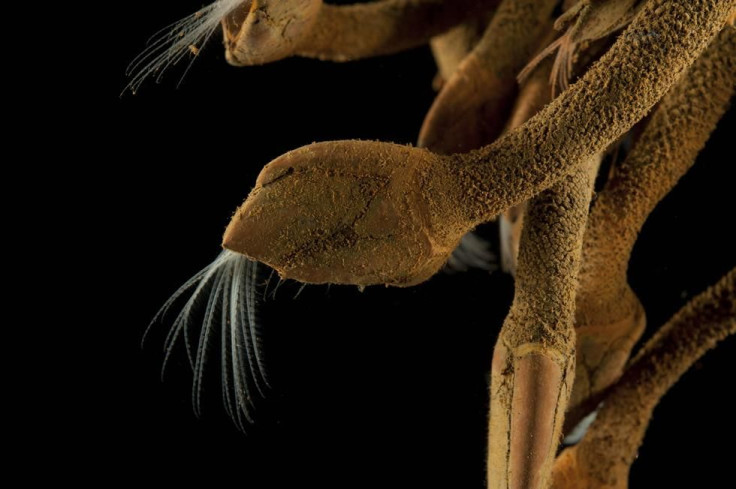
A geological expedition to the southwest Indian Ocean in November 2011 made a highly unusual find, at least insofar as its own stated goals: six new species of underwater creatures that had never been seen before.
A team of researchers, led by Jon Copley of the University of Southampton used a remotely operated vehicle to explore the area the size of a football field at a site called Longqi, or Dragon’s Breath, which is about 1,200 miles southeast of Madagascar and about 2 miles below the ocean surface. Longqi is home to a number of hydrothermal vents, where heat escaping from below the ocean floor attracts a diverse range of deep sea creatures.
However, the heat and minerals escaping from the vents also create stacks or spires of the minerals, known as “vent chimneys.” Some of them rise over 20 feet from the floor and contain deposits of copper and gold, making them an attractive destination for the mining industry. The Longqi area is already licensed for mineral exploration by the International Seabed Authority of the United Nations.
“The deep-sea animals that are so far only known from Longqi include: a species of hairy-chested ‘Hoff’ crab, closely related to ‘Hoff’ crabs at Antarctic vents; two species of snail and a species of limpet; a species of scaleworm; and another species of deep-sea worm. Apart from one species of snail, which has been given the scientific name Gigantopelta aegis, most have not yet been formally described,” according to a statement on the university’s website.

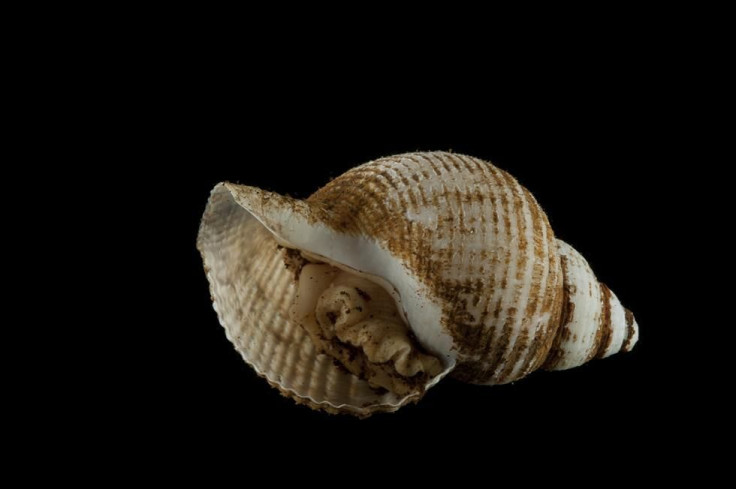
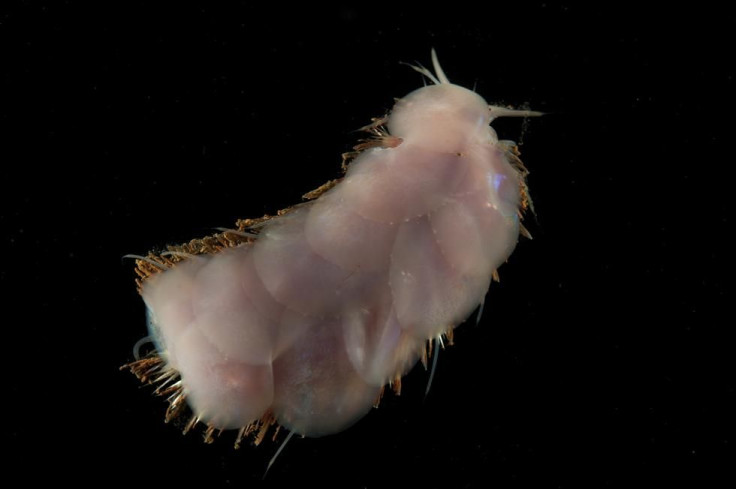
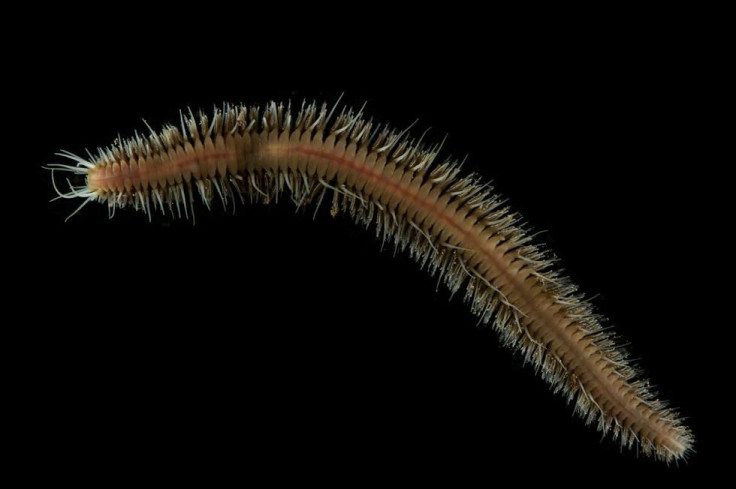
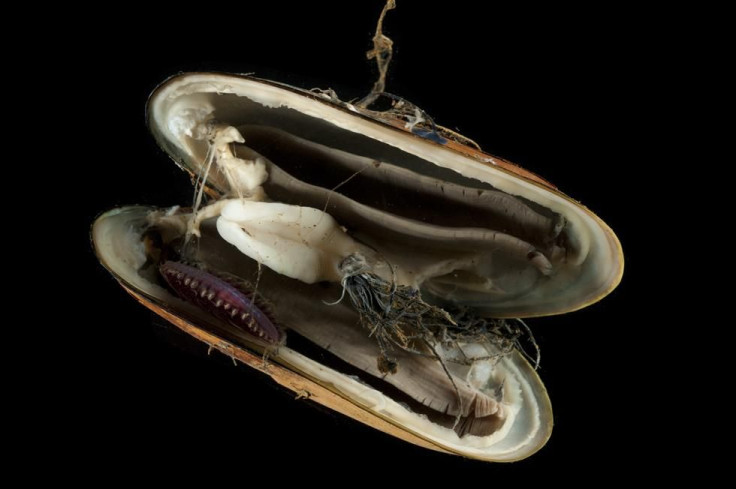
A study of the biological diversity of the region is important to carry out before mining surveys assess the area.
“We can be certain that the new species we’ve found also live elsewhere in the southwest Indian Ocean, as they will have migrated here from other sites, but at the moment no-one really knows where, or how well-connected their populations are with those at Longqi. Our results highlight the need to explore other hydrothermal vents in the southwest Indian Ocean and investigate the connectivity of their populations, before any impacts from mineral exploration activities and future deep-sea mining can be assessed,” Copley said.
A study, titled “Ecology and biogeography of megafauna and macrofauna at the first known deep-sea hydrothermal vents on the ultraslow-spreading Southwest Indian Ridge,” detailing the findings was published in the journal Scientific Reports.
© Copyright IBTimes 2025. All rights reserved.





















